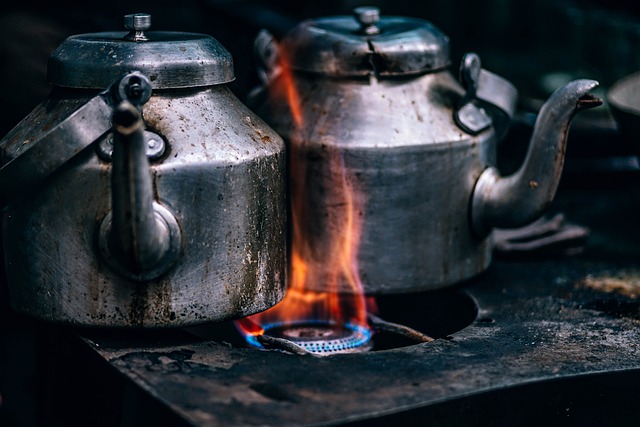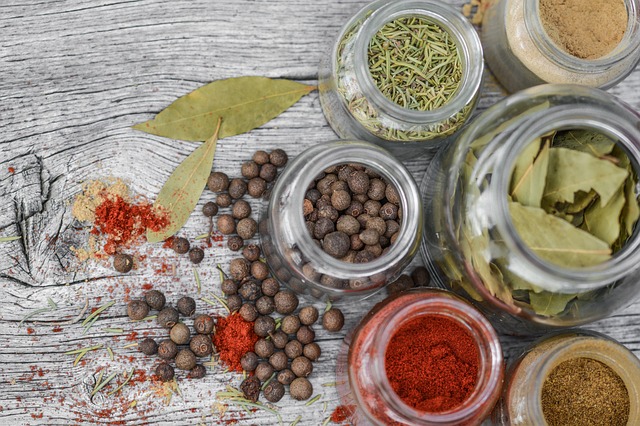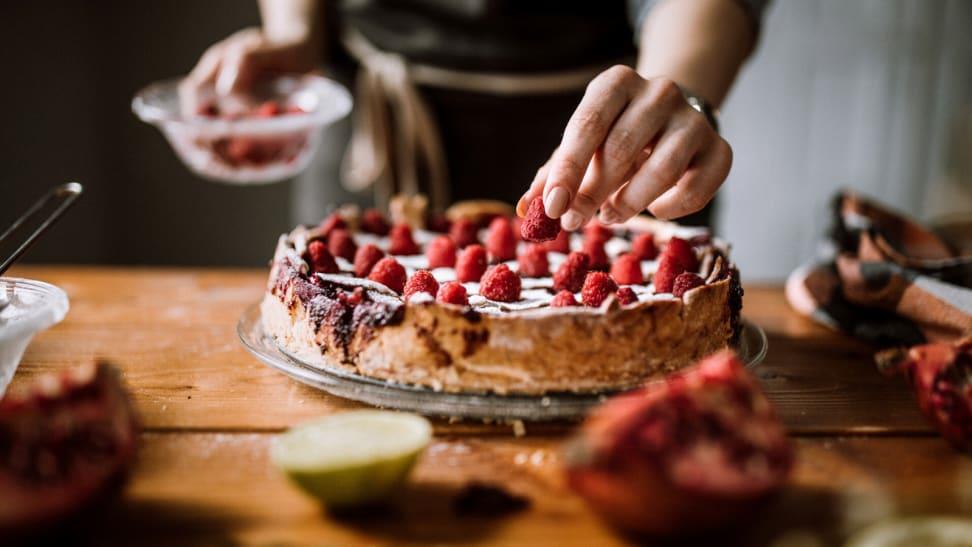
In this comprehensive guide, we will delve into the art of chicken roasting, ensuring that you achieve the perfect result every time.
From selecting the ideal chicken to mastering the seasoning and cooking techniques, we will provide you with precise and detailed instructions.
Whether you are a novice or an experienced home cook, our professional approach will equip you with the knowledge and skills necessary to create a succulent and safe roast chicken that will impress even the most discerning palate.
Choosing the Right Chicken
When it comes to mastering the art of chicken roasting, one crucial step is selecting the right chicken for the job.
To make an informed choice, it is important to differentiate between organic and non-organic chicken. Organic chicken is raised without the use of antibiotics, hormones, or genetically modified organisms. It is also fed a diet of organic feed, ensuring a higher quality product. On the other hand, non-organic chicken may have been exposed to antibiotics and hormones during its growth.
Additionally, considering the size and quality of the chicken is essential. Opting for a chicken of appropriate size ensures even cooking and prevents over or undercooking. Quality can be assessed by examining the chicken's appearance, texture, and smell. Choosing a chicken that is fresh, plump, and free from any unpleasant odors guarantees a delicious and safe roasting experience.
Preheating the Oven
To ensure optimal cooking results, the next step in mastering the art of chicken roasting is preheating the oven. Preheating the oven is crucial for achieving even cooking and preventing undercooked or overcooked chicken. Here are three important aspects to consider when preheating the oven for chicken roasting:

- Temperature Control:
- Set the oven to the recommended temperature specified in your recipe.
- This ensures that the chicken cooks thoroughly and kills any harmful bacteria.
- Use an oven thermometer to verify the accuracy of your oven's temperature.
- Oven Safety:
- Before preheating, remove any racks or pans from the oven to prevent accidents or damage.
- Ensure that the oven is clean and free from any debris or grease buildup.
- This reduces the risk of smoke, fire, or unwanted odors during the roasting process.
- Preheating Time:
- Allow sufficient time for the oven to reach the desired temperature.
- This can vary depending on the type and model of your oven.
- Preheating usually takes around 10-15 minutes, but refer to your oven's user manual for specific instructions.
Preparing the Chicken
Before moving on to the next step, it is essential to properly prepare the chicken for roasting. One effective method to enhance the flavor and texture of the chicken is the brining process. Brining involves soaking the chicken in a solution of salt and water for a certain period of time, usually a few hours to overnight. This process helps to tenderize the meat and infuse it with moisture, resulting in a juicier and more flavorful roasted chicken.
In addition to brining, marinating the chicken is another technique that can elevate its taste. Marinating involves soaking the chicken in a mixture of herbs, spices, and acidic ingredients like lemon juice or vinegar. The marinade helps to add layers of flavor and can also help to tenderize the meat. It is important to marinate the chicken in the refrigerator, as this prevents the growth of harmful bacteria.
Seasoning the Chicken
After properly preparing the chicken through brining and marinating, it is important to season the chicken to enhance its flavor and create a delicious roasted dish. Seasoning the chicken is the final step in the process, and it can make a significant difference in the taste of the final product. Here are three essential tips for seasoning your chicken:
- Utilize the brining technique: Brining involves soaking the chicken in a saltwater solution to help infuse it with flavor and keep it moist during the roasting process. This technique adds a subtle saltiness to the meat and enhances its natural juiciness.
- Experiment with alternative seasonings: While traditional seasonings like salt, pepper, and herbs are always a reliable choice, don't be afraid to get creative. Consider using spices like paprika, cumin, or curry powder to add depth and complexity to the flavor profile of the chicken.
- Taste as you go: Seasoning is a personal preference, so it's essential to taste the chicken as you season it. Start with a small amount of seasoning, and gradually add more until you achieve the desired flavor. Remember, you can always add more seasoning, but you can't take it away.
Roasting and Finishing the Chicken
The key to achieving perfectly roasted chicken lies in the proper technique and attention to detail during the cooking process. To achieve the perfect crispy skin, it is important to start by preheating the oven to a high temperature, around 425°F (220°C). Placing the chicken on a wire rack set inside a baking sheet helps air circulate around the bird, resulting in a crispy skin all over.
Basting the chicken with butter or oil during cooking can also help enhance the crispiness. To ensure juicy and tender meat, it is recommended to truss the chicken before roasting to promote even cooking. Additionally, using a meat thermometer to check for doneness is crucial. The internal temperature should reach 165°F (74°C) in the thickest part of the thigh.
Following these tips will help you achieve a perfectly roasted chicken with crispy skin and tender meat.
Frequently Asked Questions
How Long Should I Let the Chicken Rest After Roasting Before Carving It?
It is recommended to let the roasted chicken rest for about 10-15 minutes before carving it. This allows for the juices to redistribute, resulting in a more flavorful and moist meat.

Can I Use a Different Type of Poultry Instead of Chicken for This Recipe?
Yes, you can use a different type of poultry for this recipe. When using poultry other than chicken, it is important to adjust the cooking techniques accordingly to ensure safe and delicious results.
What Are Some Recommended Side Dishes to Serve With Roasted Chicken?
When serving roasted chicken, it is recommended to pair it with wines such as Chardonnay or Pinot Noir. Creative vegetable side dishes like roasted root vegetables or sautéed green beans can complement the flavors of the chicken.
Can I Marinate the Chicken Overnight Before Roasting It?
Yes, marinating chicken overnight before roasting is a common practice that can enhance flavor and tenderness. However, it is important to follow proper marinating techniques to ensure food safety. Alternatively, you can explore other cooking methods like brining or dry rubs.
Is It Necessary to Truss the Chicken Before Roasting, and How Do I Do It Properly?
Trussing a chicken before roasting is not necessary, but it can help to ensure even cooking and a more attractive presentation. To properly truss a chicken, follow these techniques for securing the wings and legs.
 Family Craft ProjectsHome ImprovementCooking and BakingReuse and RecycleDIY GiftsEco-Friendly ProjectsDIY Home SolutionsSeasonal ActivitiesFun and GamesLearn TogetherPrivacy PolicyTerms And Conditions
Family Craft ProjectsHome ImprovementCooking and BakingReuse and RecycleDIY GiftsEco-Friendly ProjectsDIY Home SolutionsSeasonal ActivitiesFun and GamesLearn TogetherPrivacy PolicyTerms And Conditions

 Family Craft ProjectsHome ImprovementCooking and BakingReuse and RecycleDIY GiftsEco-Friendly ProjectsDIY Home SolutionsSeasonal ActivitiesFun and GamesLearn TogetherPrivacy PolicyTerms And Conditions
Family Craft ProjectsHome ImprovementCooking and BakingReuse and RecycleDIY GiftsEco-Friendly ProjectsDIY Home SolutionsSeasonal ActivitiesFun and GamesLearn TogetherPrivacy PolicyTerms And Conditions
